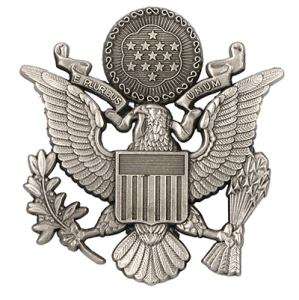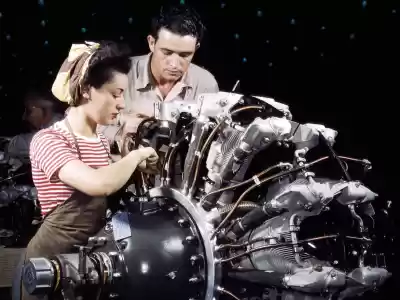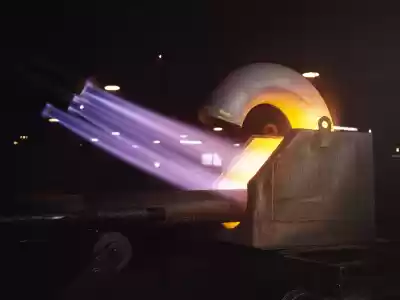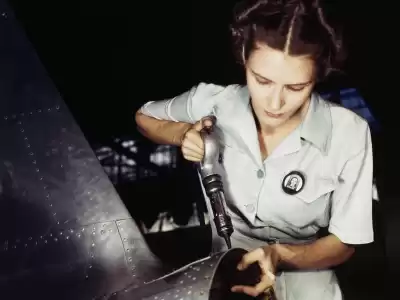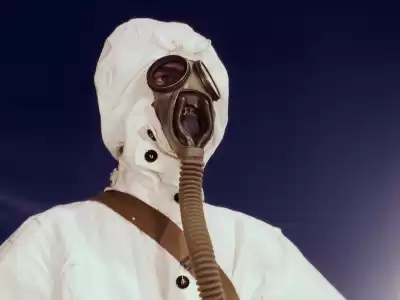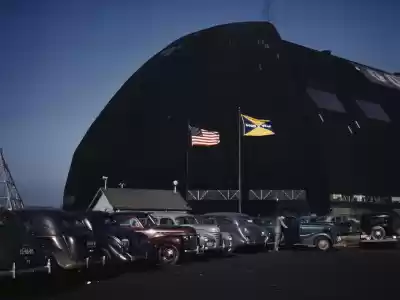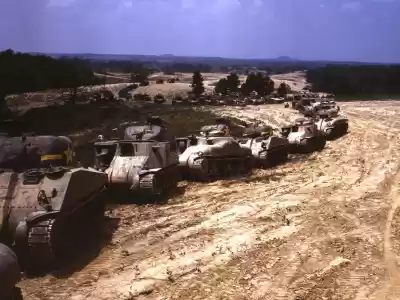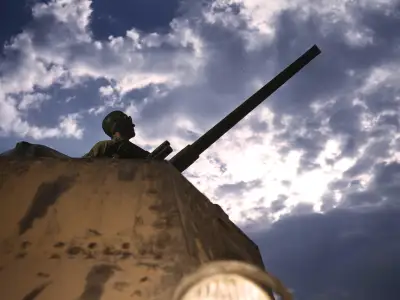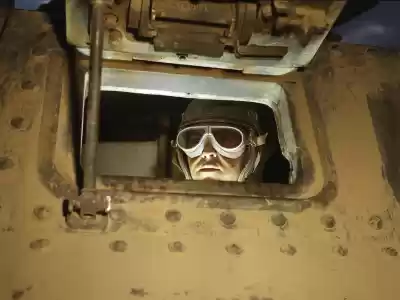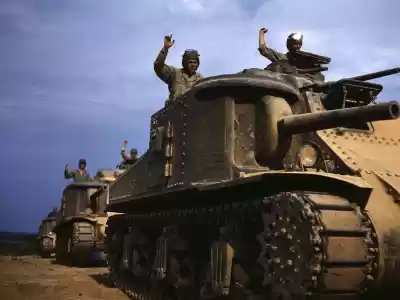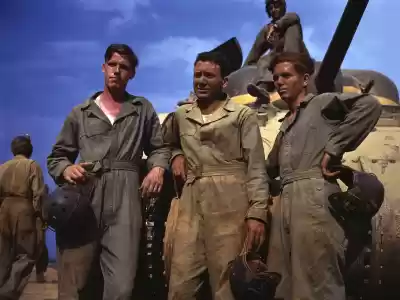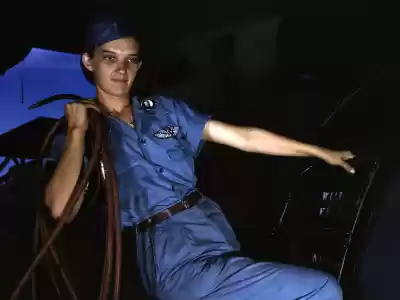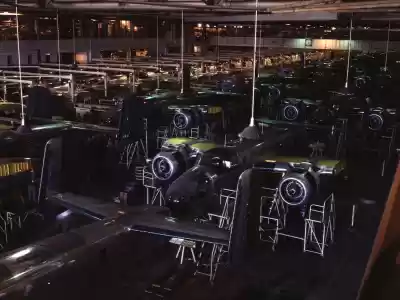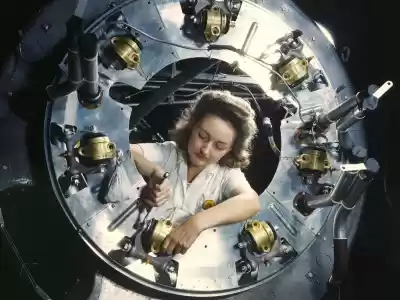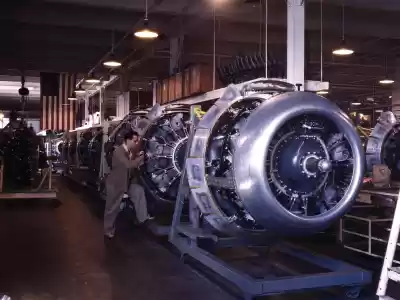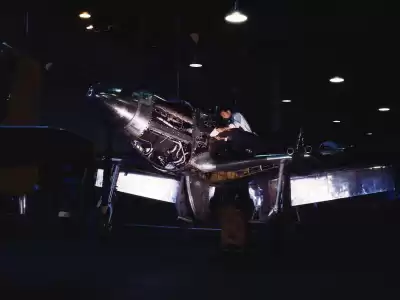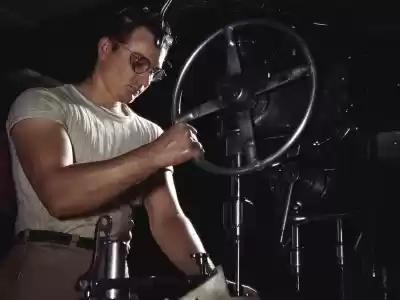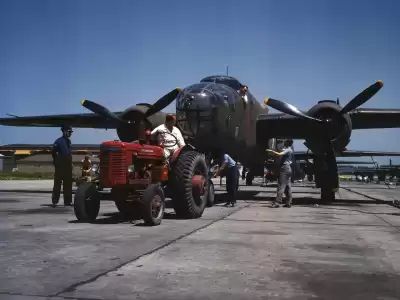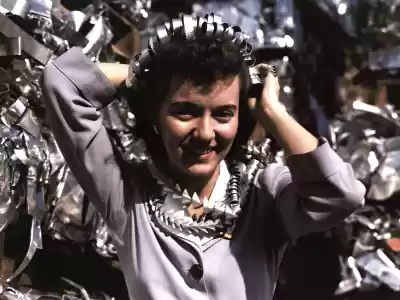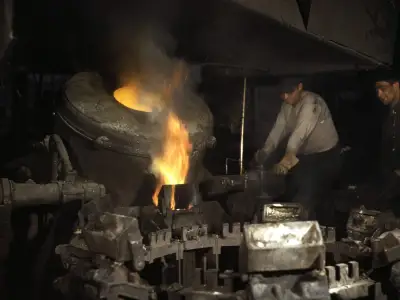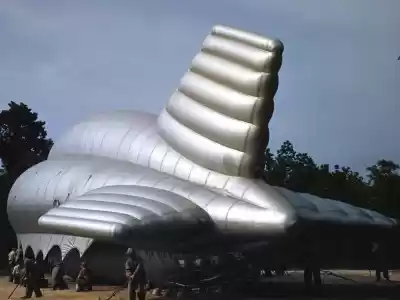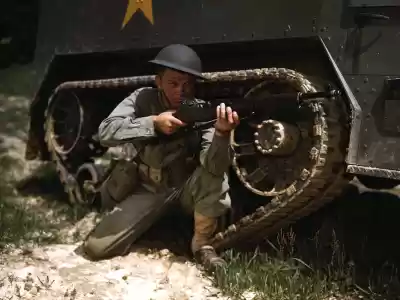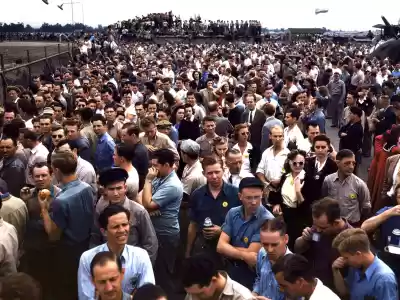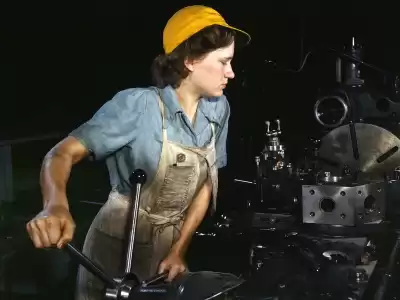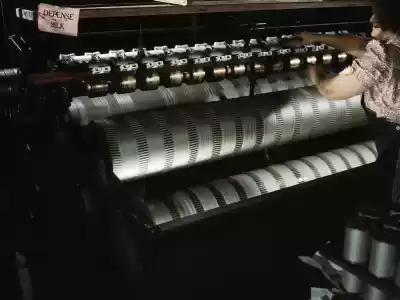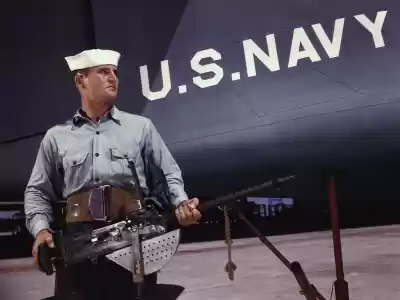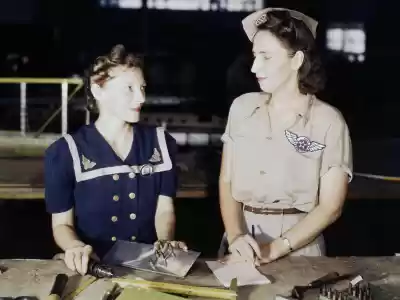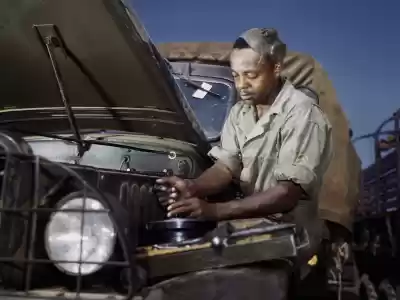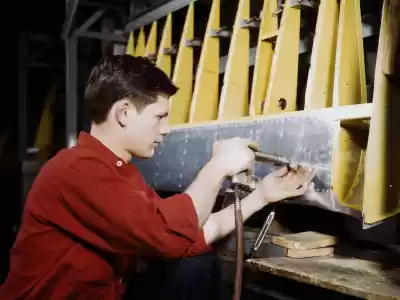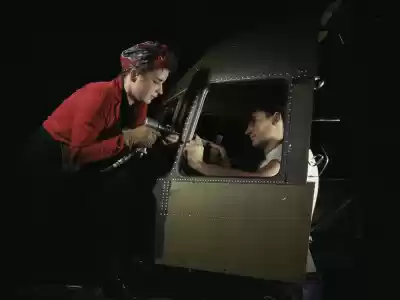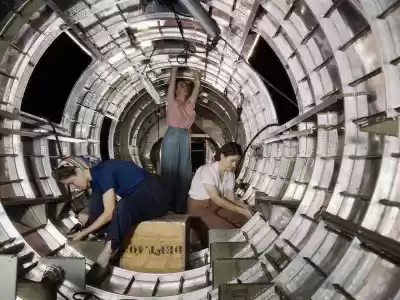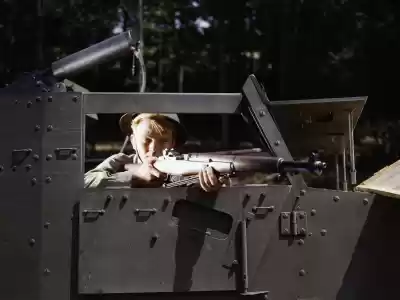Homefront in the United States of America
The 'home front' covers the activities of the civilians in a nation at war. WW2 was a total war; homeland production became even more invaluable to both the Allied and Axis powers. Life on the home front during World War II was a significant part of the war effort for all participants and had a major impact on the outcome of the war. Governments became involved with new issues such as rationing, manpower allocation, home defense, evacuation in the face of air raids, and response to occupation by an enemy power. The morale and psychology of the people responded to leadership and propaganda. Typically women were mobilized to an unprecedented degree. Among morale-boosting activities that also benefited combat efforts, the home front engaged in a variety of scrap drives for materials crucial to the war effort such as metal, rubber, and rags. Such drived helped strengthen civilian morale and support for the war effort. Between 1939 and 1944, the OWI and the Farm Security Administration made thousands of photographs, approximately 1,600 of them in color. In the early war years, OWI photographers Alfred Palmer and Howard Hollem produced some exceptional Kodachrome transparencies depicting military preparedness, factory operations, and women in the work force.
